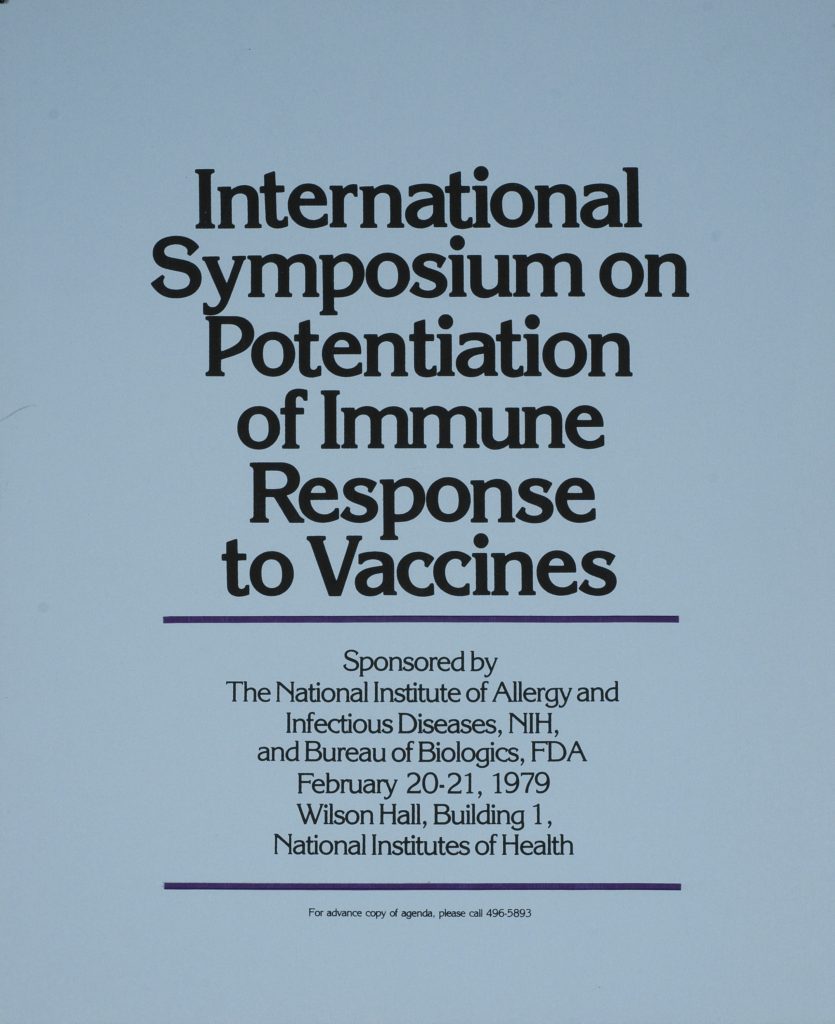Case File: Swine Flu (H1N1) Part 2
- Home
- Short Term Diseases
- Pandemic!
- Special Exhibitions
- Case File: Swine Flu (H1N1) Part 2

The national immunization program following the discovery of a new strain of Swine Flu in 1976 to this day remain a controversial topic. In many ways it was a watershed moment in U.S. attitudes concerning healthcare. The story is complex and resulted in diverse social movements.
While the national immunization program seemingly was a disaster, it led to several instrumental changes in U.S. attitudes and policies surrounding healthcare. The first was the birth of the anti-Vaccine movement, which initially was formed in response to the deaths caused by the ‘76 vaccine but remains a prominent force in healthcare politics today.[I] Secondly, was the implementation of comprehensive reforms including the establishment of the National Vaccine Program Office, information transparency, new procedures for vaccine testing, and the establishment of four new committees under the Institute of Medicine to study vaccine reactions: The Committee to Review the Adverse Consequences of Pertussis and Rubella Vaccines, The Vaccine Safety Committee, the Committee to Study New Research on Vaccines, and the Vaccine Safety Forum.[ii] These programs have been incredibly successful in preventing another incident like the ’76 swine-flu immunization program. And to this day, they provide protections for millions of Americans. [iii]
[I]Nuestadt, Richard E. and Fineburg, Harvey V. The Swine Flu Affair: Decision Making on a Slippery Disease. (Washington DC: National Academies Press, 1978.)
[ii]“Vaccine Safety: History.” Center for Disease Control and Prevention. October, 2015. Online at CDC.
[iii]Committee reports: Center for Disease Control and Institute of Medicine, Update: Vaccine Side Effects, Adverse Reactions, Contradictions, and Precautions Recommendations of the Advisory Committee on Immunization Practices. (Washington DC: Morbidity and Mortality Weekly Report, 1996.); Division of Health Promotion and Disease Prevention at the Institute of Medicine, Adverse Effects of Pertussis and Rubella Vaccines. (Washington DC: National AcademyPress, 1991.); Division of Health Promotion and Disease Prevention at the Institute of Medicine, Adverse Events Associated with Childhood Vaccines: Evidence Bearing on Causality. (Washington DC: National AcademyPress, 1994.);Division of Health Promotion and Disease Prevention at the Institute of Medicine, DTP Vaccine and Chronic Nervous System Dysfunction: A New Analysis. (Washington DC: National AcademyPress, 1994.); Division of Health Promotion and Disease Prevention at the Institute of Medicine, Vaccine Safety Forum: Summaries of Two Workshops. (Washington DC: National AcademyPress, 1997.)
Header: “Swine Flu Virus Particles.” National Institute of Allergy and Infectious Diseases. Accessed July 2, 2020. Online at Flickr.
Figure 1: “International Symposium on Potentiation of Immune Response to Vaccines.” The National Institute of Allergy and Infectious Disease, 1979. Online at the National Library of Medicine.

